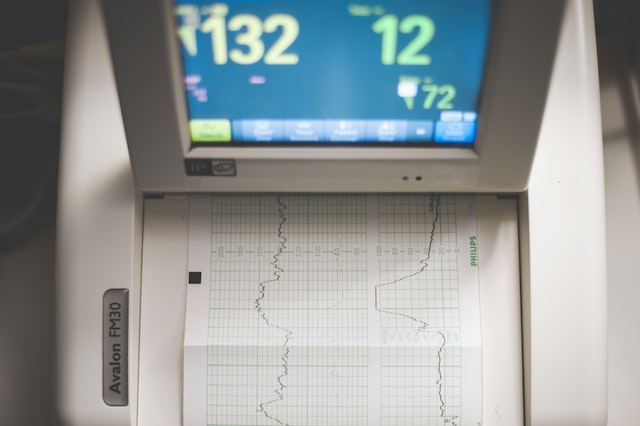Your heartbeat starts racing. Your chest tightens, and you feel breathless. You are sweating profusely, and you feel a sudden sharp pain in your chest. All these are symptoms of a heart attack. They are also signs of a panic attack. But while panic attacks aren’t deadly, a heart attack can actually end up killing you. And that is exactly why learning to deduce heart attack vs. panic attack can literally save your life.
Heart attacks and panic attacks are two vastly different medical conditions but have symptoms that mimic each other. In fact, the symptoms are so similar in nature that, in most cases, it is difficult to spot the differences. But given the severity of heart attacks and the need for urgent medical conditions in such situations, a person must be able to differentiate between a heart attack and a panic attack. Let us dive deeper into these conditions and how you can tell them apart.

What Is A Panic Attack?
A panic attack is a brief but sudden instance of intense anxiety and fear. It is generally triggered when the body gets into flight or fight mode and is prepared to protect you from a threat based on your perceptions. While panic attacks are not life-threatening, they can cause immense emotional and mental stress to a person.
The common symptoms of a panic attack include:
- a sudden feeling of fear,
- breathing difficulties,
- shaking or trembling,
- weakness,
- dizziness,
- tightness in the throat,
- pounding heart, etc.
Read more: Relaxation-Induced Anxiety – When Relaxing Stresses You Out.
What Is A Heart Attack?
A heart attack is a medical condition that arises when a certain area of the muscles in the heart isn’t getting the required amount of oxygen. This generally occurs due to a blockage in the heart’s artery that slows or blocks the flow of oxygen-rich blood into your heart.
The common symptoms of a heart attack include:
- uncomfortable soreness, tightness, or crushing pain in your chest that lasts for a few minutes or comes and goes,
- feeling dizzy,
- discomfort or pain in the jaw or back,
- discomfort or pain in arms and shoulders, particularly on the left side,
- nausea or vomiting, etc.
How To Deduce Heart Attack Vs. Panic Attack?
Even though the symptoms of heart attack and panic attack look the same on the surface, they are different in subtle but important ways. Some key differences set the two conditions apart.
1. Sensations
One of the most integral points in the heart attack vs. panic attack differentiation is the type of pain felt in the chest. In case of a heart attack, patients describe feeling tightness or squeezing in the chest. On the other hand, the pain during a panic attack feels more like a sharp stabbing pain.
2. Location
Heart attack starts mostly in the chest region, but the pain radiates throughout the jaw, neck, and arm regions. In case of panic attacks, the pain tends to stay in the chest.
3. Length
Panic attacks are fleeting in nature. However, heart attacks do not go away easily. They might fluctuate in intensity, but they do not generally disappear.
Read more: How To Release Repressed Anger.
Conclusion:
The symptoms of a panic attack and a heart attack can mimic each other. However, there are subtle differences between the two. A clear understanding and awareness of these differences can potentially save lives and provide timely medical help in case of heart attacks which are deadly in nature.
Panic attacks, despite not being lethal in nature, can cause severe emotional distress to a person. Proper professional help is required to deal with this condition too. Getting professional help for your panic attacks is now easier than ever with the advent of online therapy platforms. To learn more about the most accessible and affordable online therapy platforms, click here.
To continue learning about mental health daily, subscribe to Your Mental Health Pal.

